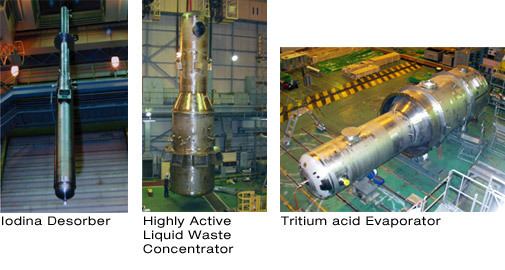 | ||
Similar Mihama Nuclear Power Pl, Higashidōri Nuclear Power Pl, Monju Nuclear Power Pl, Ōma Nuclear Power Pl, Onagawa Nuclear Power Pl | ||
spent nuclear fuel storage option an alternative to the rokkasho reprocessing plant
The Rokkasho Nuclear Fuel Reprocessing Facility (六ヶ所村核燃料再処理施設, Rokkasho Kakunenryō Saishori Shisetsu) is a nuclear reprocessing plant with an annual capacity of 800 tons of uranium or 8 tons of plutonium. It is owned by Japan Nuclear Fuel Limited (JNFL) and is part of the Rokkasho complex located in the village of Rokkasho in northeast Aomori Prefecture, on the Pacific coast of the northernmost part of Japan's main island of Honshu.
Contents
- spent nuclear fuel storage option an alternative to the rokkasho reprocessing plant
- Description
- Economic aspects
- Protests
- 2011 Thoku earthquake and tsunami
- References

Construction and testing of the facility were complete in 2013 according to JNFL, and the site was intended to begin operating in October 2013; however this was delayed by new safety regulations. In December 2013 JNFL announced the plant would be ready for operation in October 2014. In 2015, the start of the reprocessing plant was postponed again, this time to as late as September 2018.
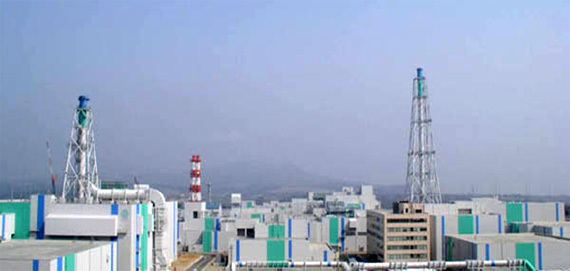
Description

The Rokkasho plant is the successor to a smaller reprocessing plant located in Tōkai, Ibaraki in central Japan, which ceased operation in 2007.
The Rokkasho facilities complex includes:
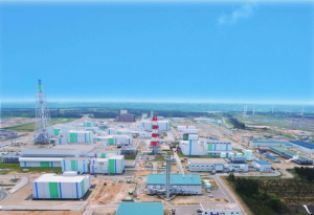
In 2010, the Rokkasho complex consisted of 38 buildings on an area of 3,800,000 m².
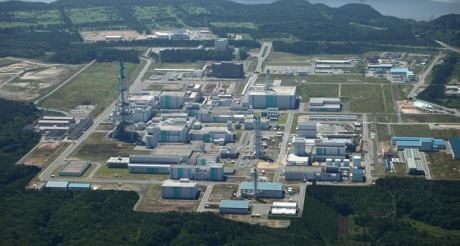
Vitrification tests completed in November 2007. This consists of pouring high level dry waste reside along with molten glass into steel canisters.
Economic aspects
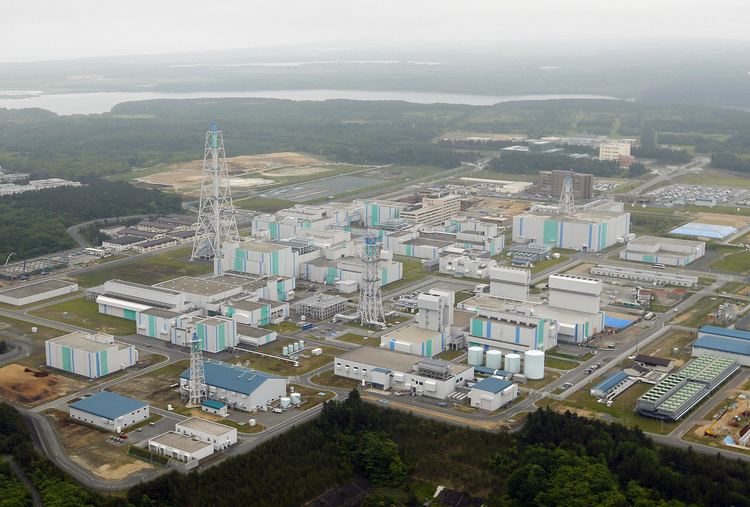
Since 1993 there has been US$ 20 billion invested in the project, nearly triple the original cost estimate. A 2011 estimate put the cost at US$27.5 billion.
Protests
In May 2006, an international awareness campaign about the dangers of the Rokkasho reprocessing plant, Stop Rokkasho, was launched by musician Ryuichi Sakamoto. Greenpeace has opposed the Rokkasho Reprocessing Plant under a campaign called "Wings of Peace – No more Hiroshima Nagasaki", since 2002 and has launched a cyberaction to stop the project. Consumers Union of Japan together with 596 organisations and groups participated in a parade on 27 January 2008 in central Tokyo against the Rokkasho Reprocessing Plant. Over 810,000 signatures were collected and handed in to the government on 28 January 2008. Representatives of the protesters, which include fishery associations, consumer cooperatives and surfer groups, handed the petition to the Cabinet Office and the Ministry of Economy, Trade and Industry.
Seven consumer organisations have joined in this effort: Consumers Union of Japan, Seikatsu Club Consumer's Co-operative Union, Daichi-o-Mamoru Kai, Green Consumer's Co-operative Union, Consumer's Co-operative Union "Kirari", Consumer's Co-operative Miyagi and Pal-system Co-operative Union.
'Experts including Frank von Hippel, a Princeton University theoretical physicist, have urged Japan to stop spent fuel reprocessing.', reported The Japan Times.
2011 Tōhoku earthquake and tsunami
In June 2008, several scientists stated that the Rokkasho plant is sited directly above an active geological fault line that could produce a magnitude 8 earthquake. But Japan Nuclear Fuel Limited stated that there was no reason to fear an earthquake of more than magnitude 6.5 at the site, and that the plant could withstand a 6.9 quake.
After the Tōhoku earthquake (magnitude 9.1) in March 2011, the plant ran on emergency power provided by backup diesel generators. The emergency generators were not intended for long-term use. Reportedly there are about 3,000 tons of highly radioactive used nuclear fuel stored in Rokkasho at current, that could overheat and catch fire if the cooling systems fail. Japanese radio reported on 13 March that 600 liters of water leaked at the Rokkasho spent fuel pool. According to The New York Times, grid power was restored on 14 March 2011.
The 7 April aftershock caused the loss of grid power again until the next day.
